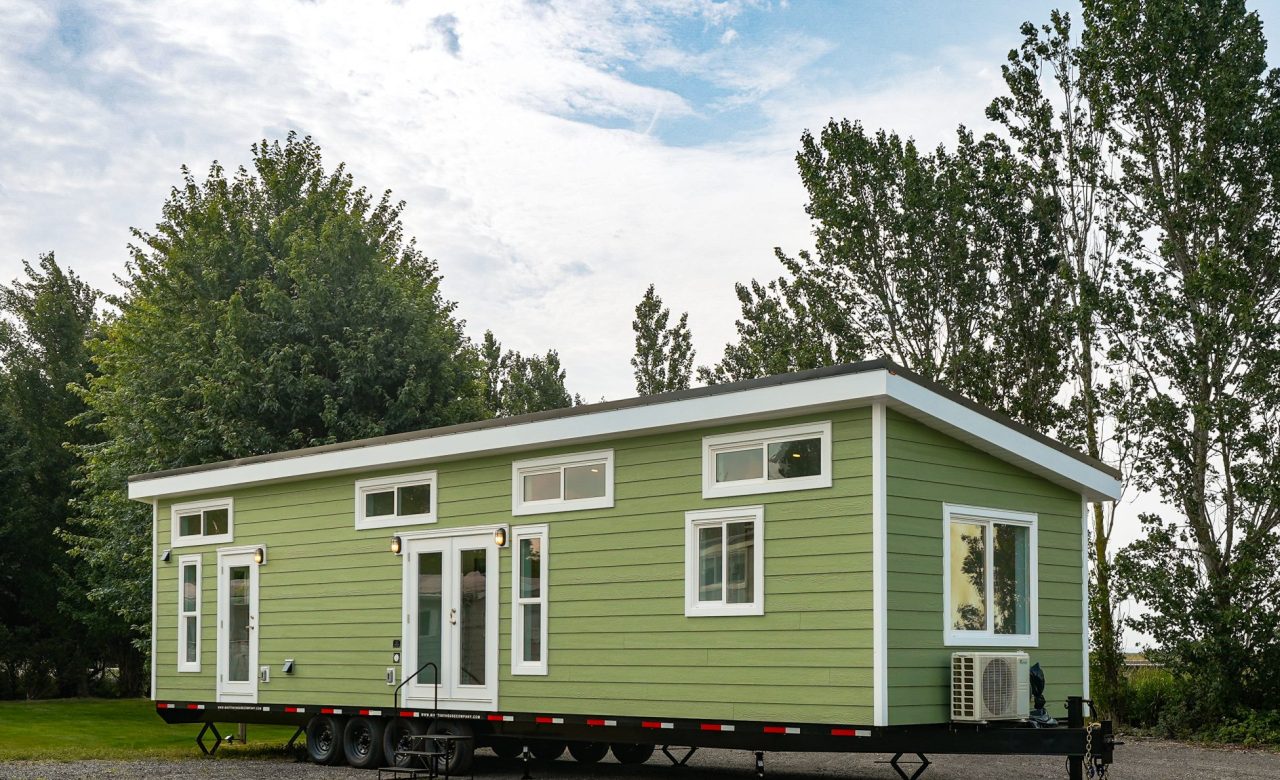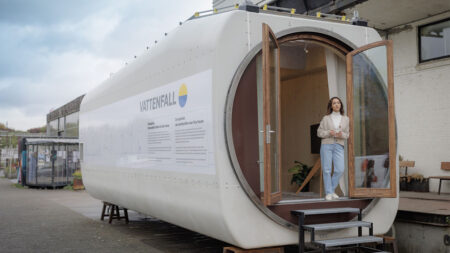The tiny house industry has flourished and blossomed into a fan-favorite genre of downsized living. Not only do micro-dwellings offer much-needed freedom and flexibility, but become an amazing investment as well. In 2024, you will see six major trending aspects of the tiny house industry shaping the future of modern housing.
While the industry is leaning toward going big – both in terms of size and price – the fact cannot be denied that it has tunneled its way into people’s hearts and given them absolute control over how they want to live whether it is off the grid, on the road, or simply set down roots in a downsized manner. Let’s read on to know which tiny house trends will be ruling the industry in 2024 and beyond.
Focus on Sustainability
Tiny houses have a lower footprint compared to traditional homes, yet more manufacturers are striving to create more and more sustainable micro-dwellings. Eco-conscious and sustainable building materials have seen a rising demand from the industry.
Last year, bamboo, reclaimed wood, recycled metal, and environmentally friendly paints gained traction. It is fair to say that this aspect is going to be a determining factor in 2024 as well. The usage of sustainable, locally sourced (to reduce the carbon footprint), and recycled building materials will exponentially increase as the younger generation seeks a more eco-friendly lifestyle.

Space-Saving, Multifunctional Design
The space constraint in tiny houses can pose numerous issues. However, space-saving, modular, transformable, and multifunctional designs in furniture have provided a clever solution. Thanks to continuous evolution, tiny houses have explored the genre of underfloor storage, wall-mounted shelving, hidden compartments, pull-out and fold-down furniture, and Murphy beds to maximize space.
The space-saving design elements such as using drop-down foot area in loft offices to create more room to move around help make the most use of limited space. Underfloor storage can be utilized to hide additional bedding, outdoor gear, or a folding bed. Meanwhile, pull-out and fold-down furniture and Murphy beds allow control over flexible spaces.

Also Read: 20+ Multifunctional Furniture Designs for Small Spaces
Inclusion of Off-Grid Systems
The COVID-19 pandemic escalated the need for self-sufficiency, social distancing, and the need for remote workspaces. This positively impacted the tiny house industry with increased demand for mobile housing and thus the dependency on off-grid systems. More and more builders are now offering micro-dwellings compatible with off-grid living, which includes renewable energy sources, primarily solar power, composting or incinerating toilets, and gray water and rainwater systems.
The inclusion of off-grid systems comes as a boon if you wish to live on the road or in an off-beaten locale where the humdrum of city life cannot reach. It allows life in isolated and tranquil locations while making the house self-sufficient without ever having to depend on the grid for sewage disposal, or power and water supplies.

Rise of Single-Story Houses
2023 was the year of single-floor tiny houses. Given the demand for dwellings that remove the hassle of stairs and pesky ladders, single-story micro-dwellings have grown in popularity. This trending aspect can be attributed to the elderly, empty-nesters, and retirees, who do not wish to climb stairs whenever they want to rest. Hence, lofts have been removed from the equation, giving us some of the best tiny houses.
The removal of lofts provides the builders and designers with tremendous potential within a compact layout. It opens up the possibilities and challenges to make the most out of a smaller floor space while incorporating every amenity without impeding its aesthetic and efficiency. Given the prospects it offers, this trend is likely to continue well into 2024 and beyond.

Popularity of Park Models
Another aspect that has become immensely popular is the preference leaning toward the park models slightly higher than the mobile housing. The tiny house park models have risen to power, thanks to the versatile spaces they provide to growing families, along with the option to set roots while expanding the living space beyond the four walls.
Some of the best tiny houses from last year were park models. With plenty of floor space, an open layout, the absence of lofts, and additional width, the park models are the perfect choice for families. Although these do not offer the perks of life on the road, you can simply set down roots in your choice of location with some garden space and live the perfect downsized life with room to grow.

Addition of Outdoor Spaces
The absence of outdoor spaces in tiny houses has always been a turn-off for so many people. The desire to connect with nature and enjoy its bounties is primal and without such areas – porches, balconies, or rooftop decks – where you can simply sit and admire your surroundings, the appeal to micro-dwellings diminishes a bit. However, in recent times, the inclusion of such spaces has increased to meet the demand.
As park models gained favor among tiny house lovers, the addition of outdoor living spaces such as tiny decks, rooftops, porches, and balconies also established themselves as prerequisites. Numerous tiny houses now come outfitted with rooftop decks or front porches to allow residents to enjoy natural surroundings and fresh air.

These hot trends of the tiny house industry will be determining factors of what will come next chapter in this popular modern housing genre.
Follow Homecrux on Google News!





How much do they start from